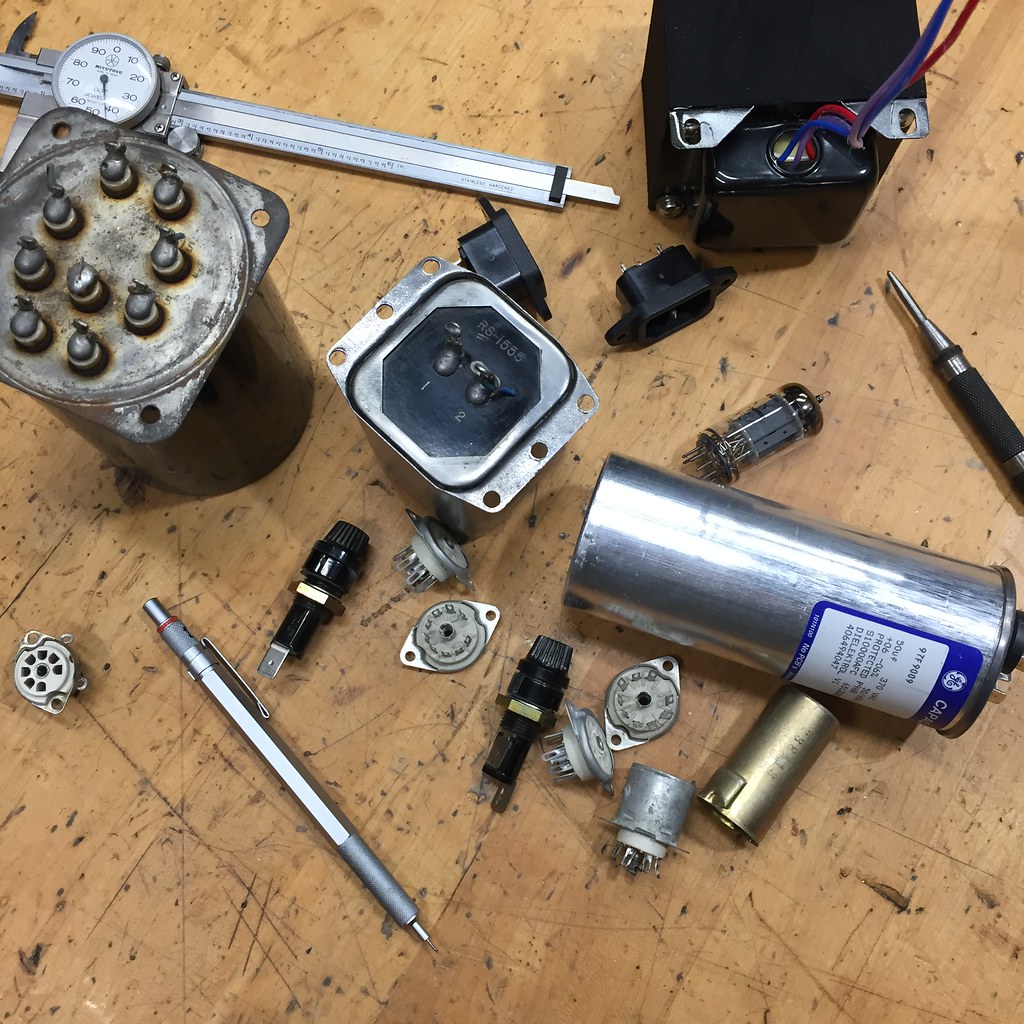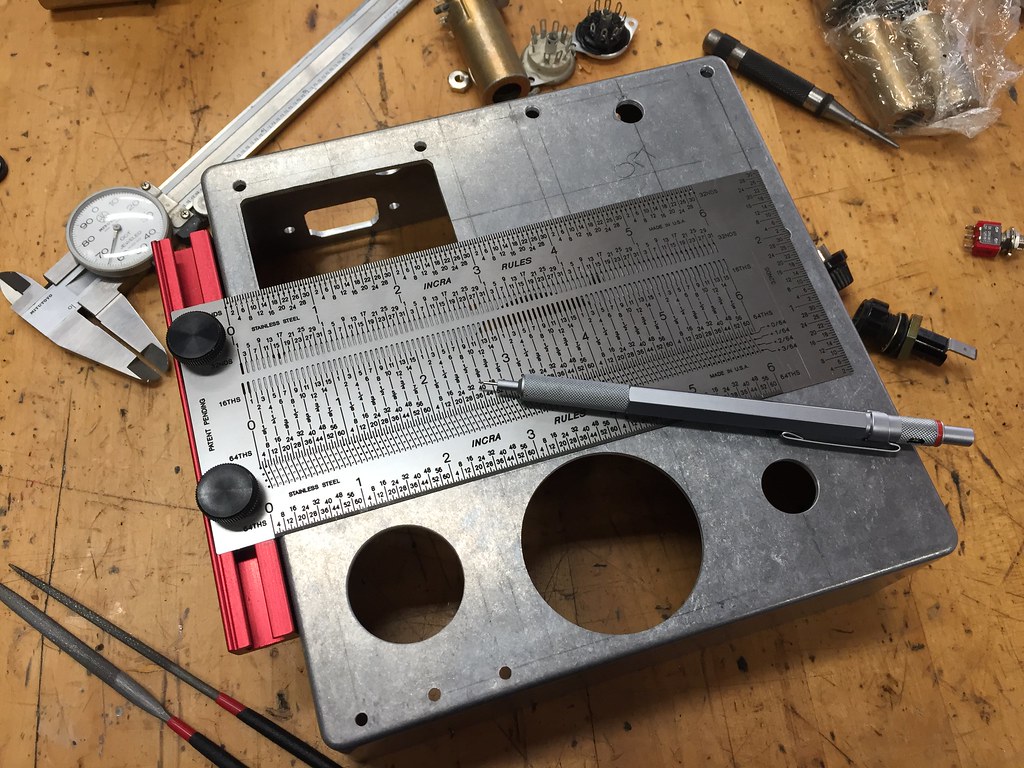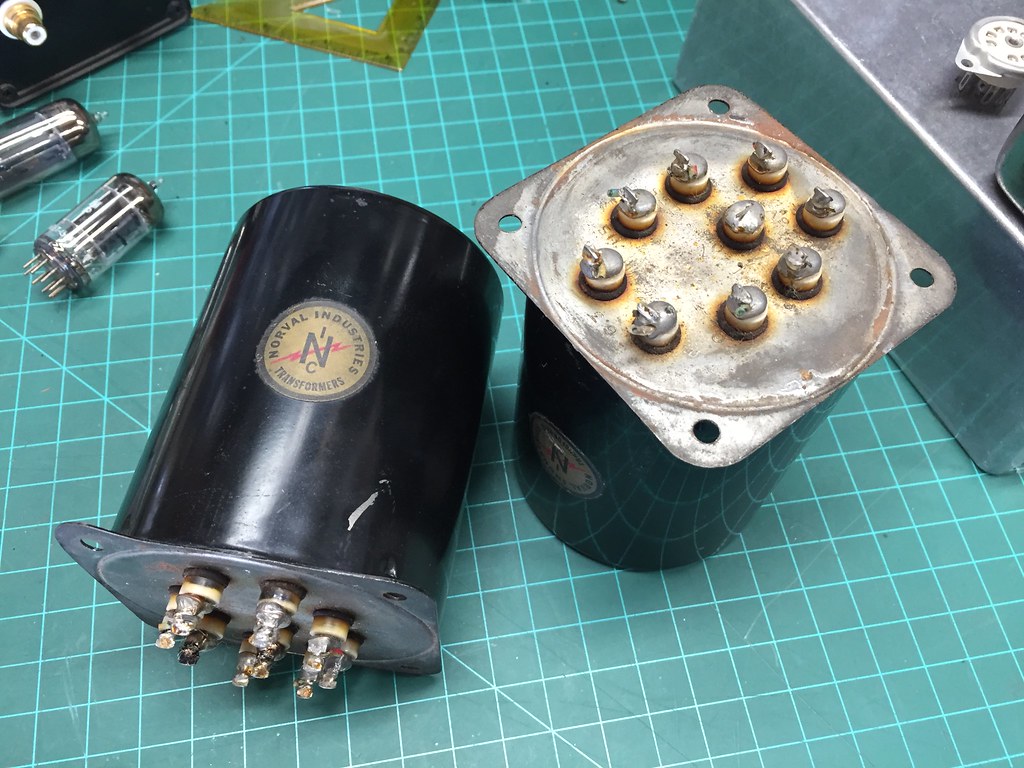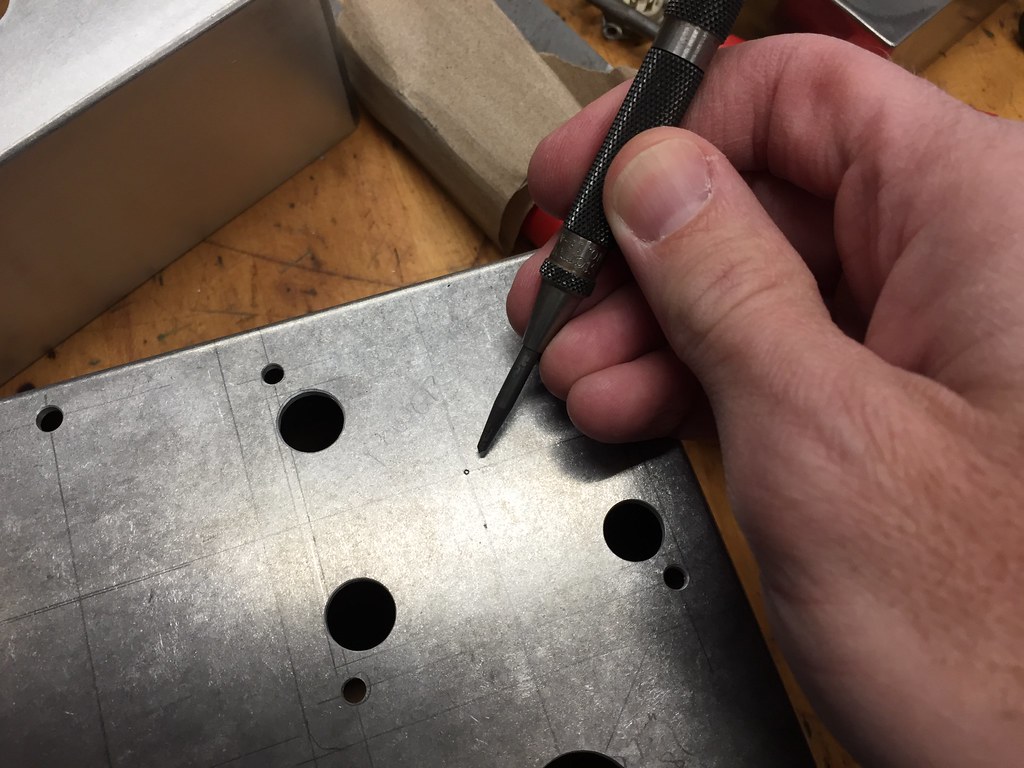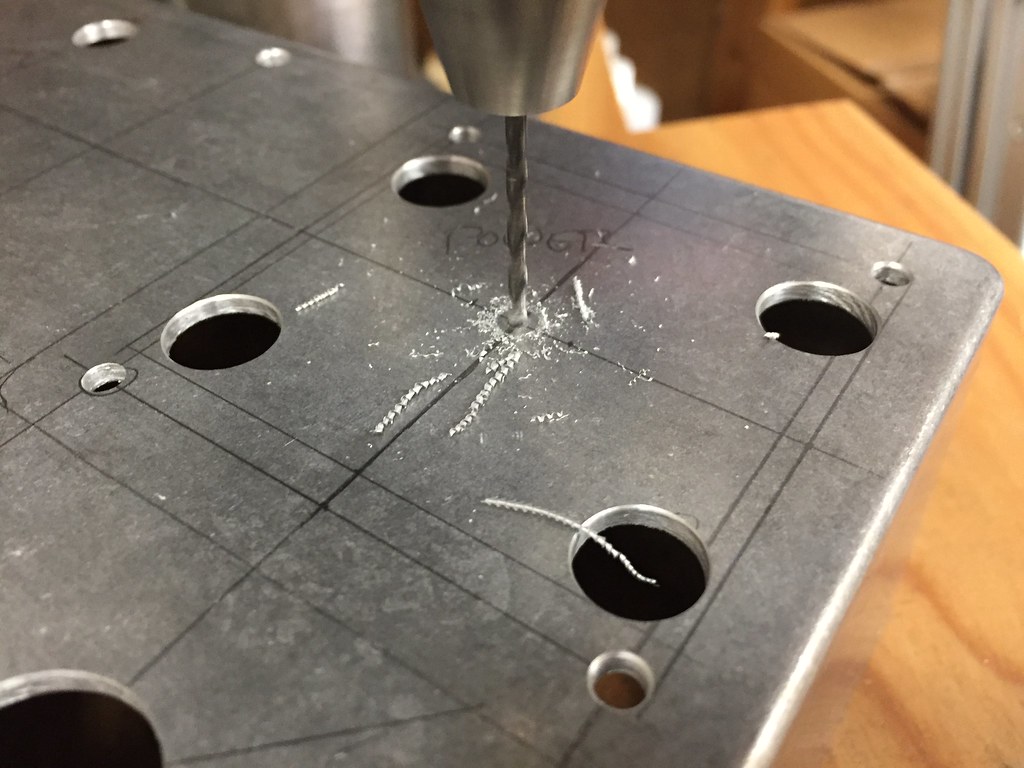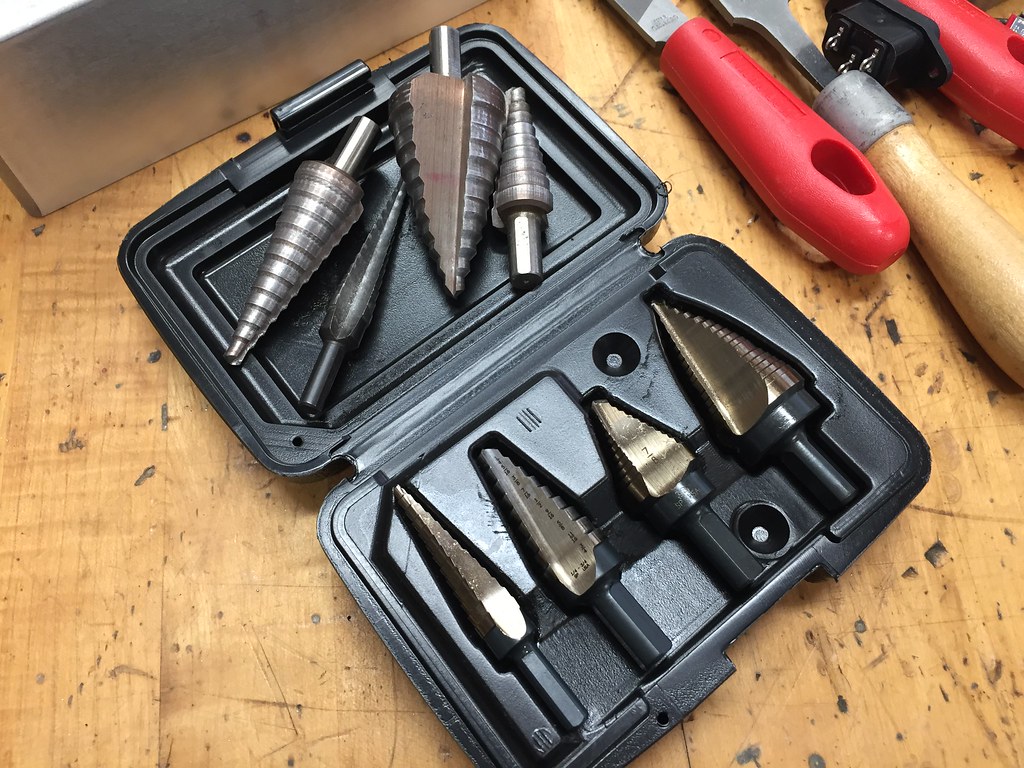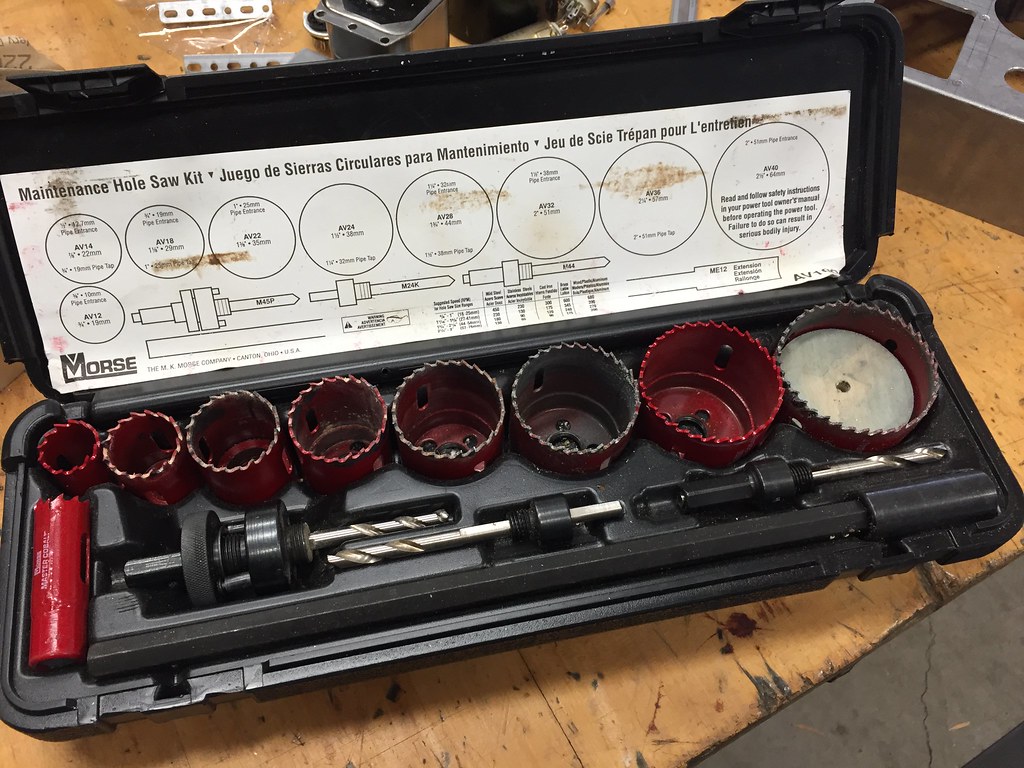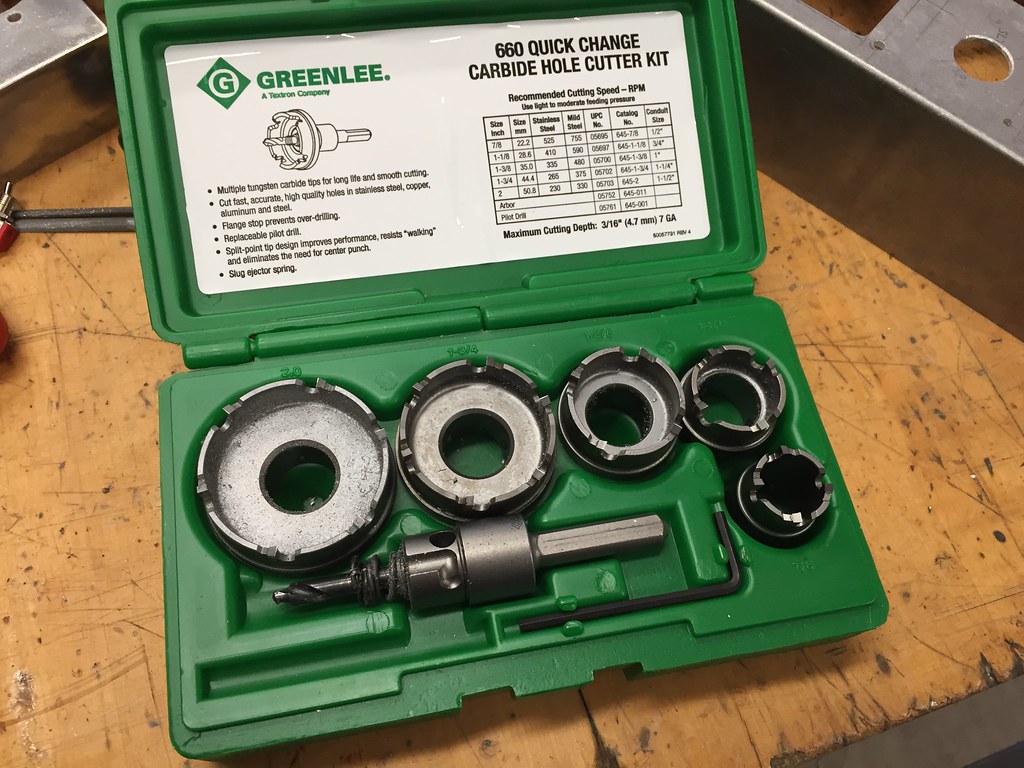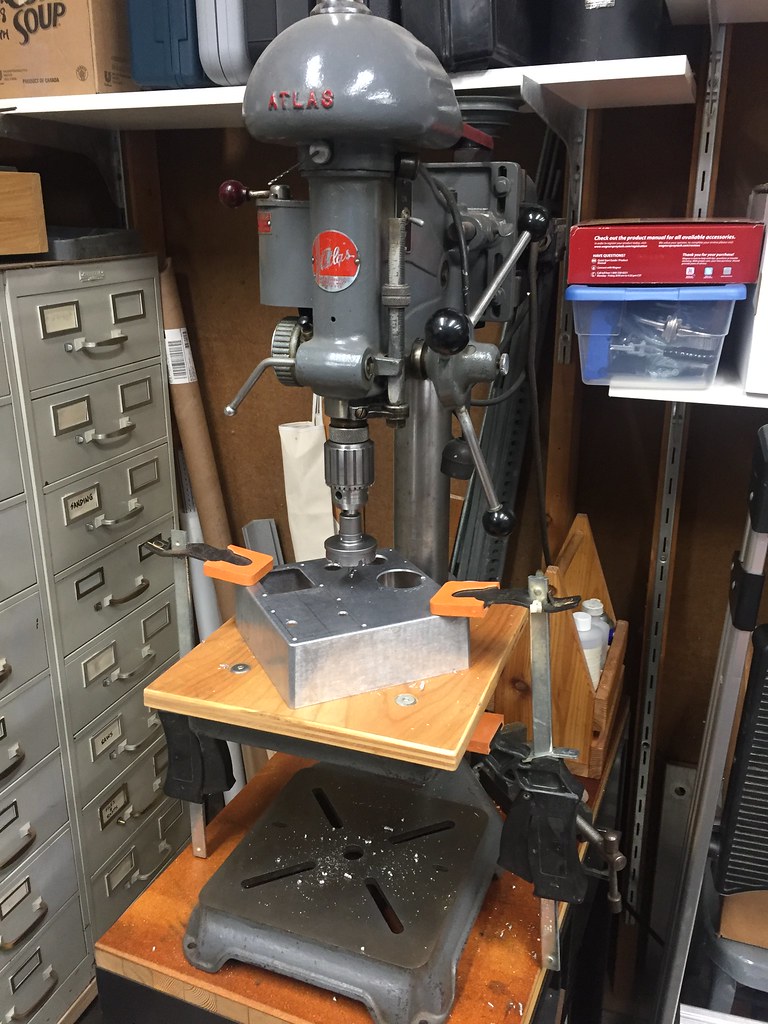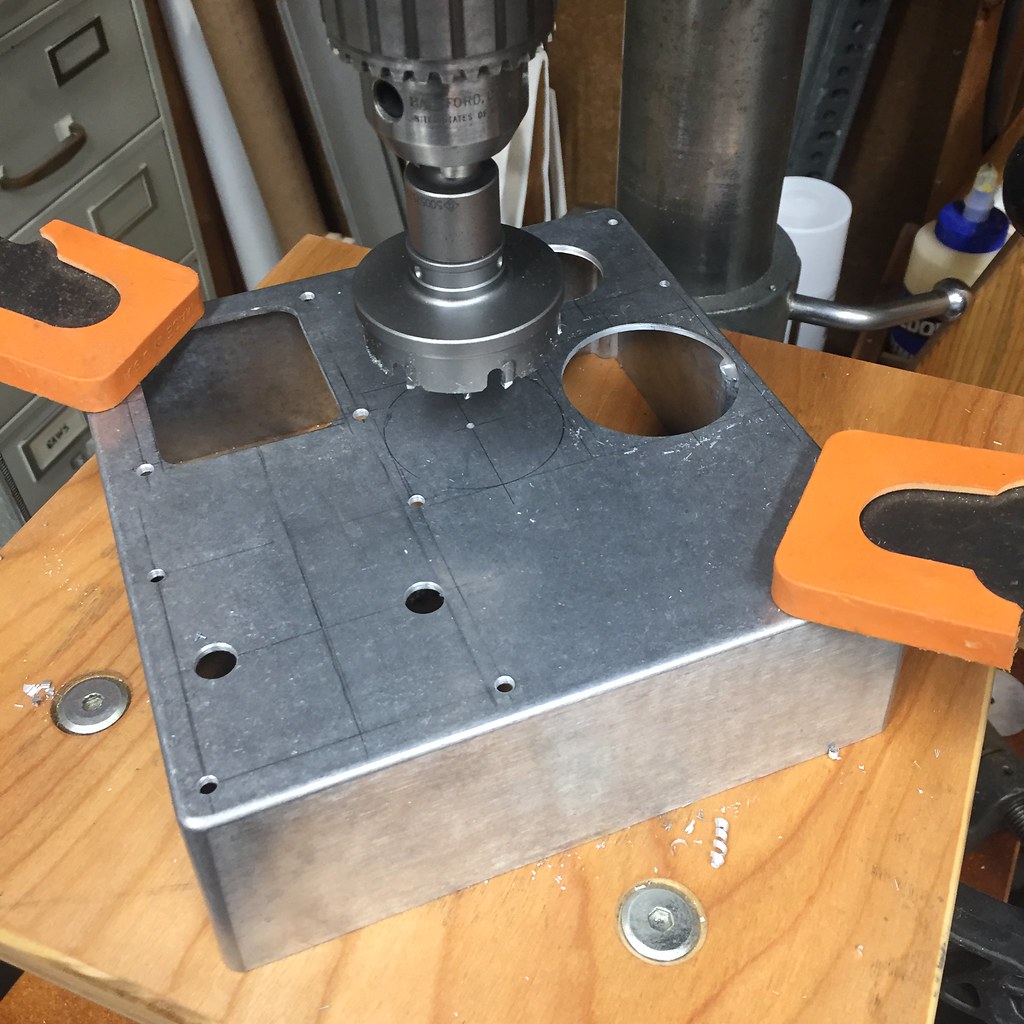I thought I'd share a little about how I build a tube amp, or (in this case) a stereo pair of tube monoblock amplifiers.
This thread will follow a current project in real time, so you'll see delays and periods of radio silence 'cause that's how I roll. I will post photos and share some things I've learned, but I'm sure it'll be an incomplete documentary... I am not a very good planner, so you can expect me to miss a few photo opportunities along the way.
I will post photos and share some things I've learned, but I'm sure it'll be an incomplete documentary... I am not a very good planner, so you can expect me to miss a few photo opportunities along the way.
Feel free to ask questions along the way, but I make things up as I go so I won't always have an answer.
'nother thing... I have decided on a circuit and a layout, and most of the parts choices have already been made. I'm building a pair of single-ended EL84 amps here, so please don't try to turn them into something else.
This thread will follow a current project in real time, so you'll see delays and periods of radio silence 'cause that's how I roll.
 I will post photos and share some things I've learned, but I'm sure it'll be an incomplete documentary... I am not a very good planner, so you can expect me to miss a few photo opportunities along the way.
I will post photos and share some things I've learned, but I'm sure it'll be an incomplete documentary... I am not a very good planner, so you can expect me to miss a few photo opportunities along the way. Feel free to ask questions along the way, but I make things up as I go so I won't always have an answer.
'nother thing... I have decided on a circuit and a layout, and most of the parts choices have already been made. I'm building a pair of single-ended EL84 amps here, so please don't try to turn them into something else.

